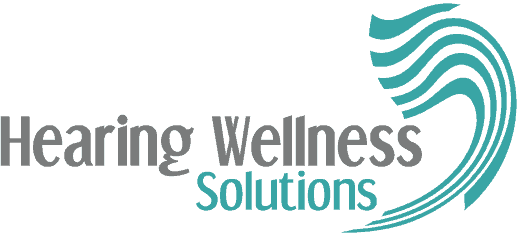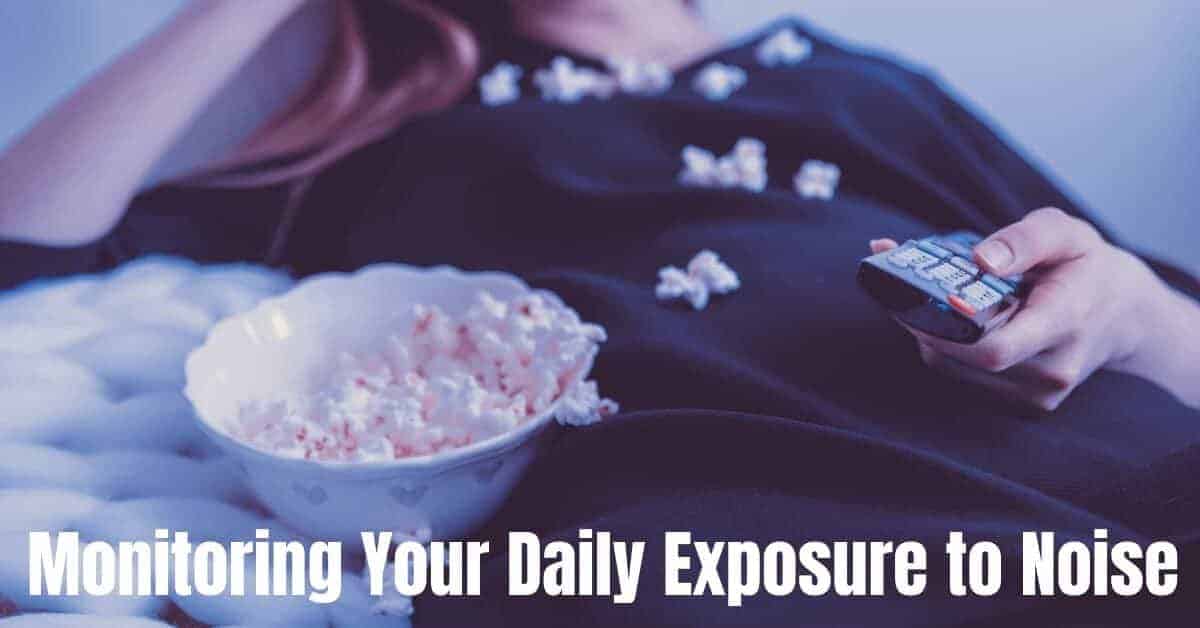Noise induced hearing loss is incredibly common, affecting about one-in-four adults between the ages of 20-69 (https://www.nidcd.nih.gov/news/2017/us-adults-aged-20-69-years-show-signs-noise-induced-hearing-loss). Once acquired, noise induced hearing loss is permanent and irreversible. Luckily, noise induced hearing loss is also 100% preventable.
One way to help protect yourself and your family from noise induced hearing loss is to monitor your daily noise exposure. To prevent noise induced hearing loss, it is important to understand safe noise limits, and then determine how loud your work and leisure activities are – and what you need to do about it.
Noise Induced Hearing Loss is a Marathon, Not a Sprint.
Most of the time, noise induced hearing loss (NIHL) is the result of a culmination of exposure to noise over a period of months, years or decades. The things you do each and every day – throughout your life – at work, home or out and about all play a role in your risk of developing NIHL. This is actually exciting news, because it means that no matter how old you are or how much noise you have been exposed to, it is never too late to begin actively monitoring your noise exposure and protecting yourself from NIHL.
Occupational Noise Exposure Limits
The National Institute on Occupational Health and Safety (NIOSH) has set occupational noise exposure limits to help protect workers against noise induced hearing loss. To keep things consistent, noise levels are measured in sound decibels (or dBA). The higher the dBA, the louder the sound. For example, a soft whisper rings in at 30 dBA, normal rainfall is about 60 dBA, traffic noises from inside the car is about 85 dBA and an airplane takeoff rings in at about 140 dBA.
In 1998, NIOSH set the occupational exposure limit to 85 dBA (or decibels). This means that in order to prevent against NIHL, workers should be exposed to an environment that is no louder than 85 dBA over the course of an 8-hour workday. This measure was set to help prevent hearing loss for people who worked 40 hours a week over the course of a 40 year career. The measure only accounts for a 5-day workweek, and assumes the worker participates in quieter activities after work and over the weekends.
For louder work environments, the safe exposure limit drastically decreases. For an increase of just 3 decibels – the safe exposure limit is cut in half, as explained below:
- 85 dBA – normal traffic from inside the car – 8 hours per day
- 88 dBA – bulldozer at a short distance – 4 hours per day
- 91 dBA – jazz concert – 2 hours per day
- 94 dBA – power lawn mower – 1 hour per day
- 97 dBA – motorcycle – 30 minutes per day
- 100 dBA – ambulance siren – 15 minutes per day
- 115 dBA – sport stadium – 30 seconds per day
While NIOSH did not intend to set these limits for recreational activities, it is not difficult to see how easily our leisure activities and daily life can be damaging to our hearing!
Monitor Your Exposure
If you are curious to learn how loud your home, workplace or favorite happy hour spot really is, there are multiple free apps that can be downloaded that measure decibel levels. You may be surprised to learn that the places you love are quite a bit louder than you realize.
Protect Yourself
- If you realize your work is too loud. On top of creating these noise exposure guidelines, the government has also implemented laws that protect workers from excess noise. If you find that your workplace is about 85 dBA or higher, reach out to your supervisors for support. It is mandated by law that employers provide adequate hearing protection to their workers at no cost to them.
- If you realize your home or leisure activities are too loud. Custom hearing protection is a perfect solution for anyone who loves to lead a louder lifestyle! Custom hearing protection is molded perfectly to your ear and ear canal, meaning they will be comfortable and effective. If this is not an option for you, disposable ear plugs can also be very effective. Another strategy is limiting your exposure to noise when you can, and opting for quieter activities whenever possible.
Visit Us at Hearing Wellness Solutions
Are you concerned with your hearing abilities? Have you noticed changes to your hearing? Visit us at Hearing Wellness Solutions for a hearing test and consultation today.


